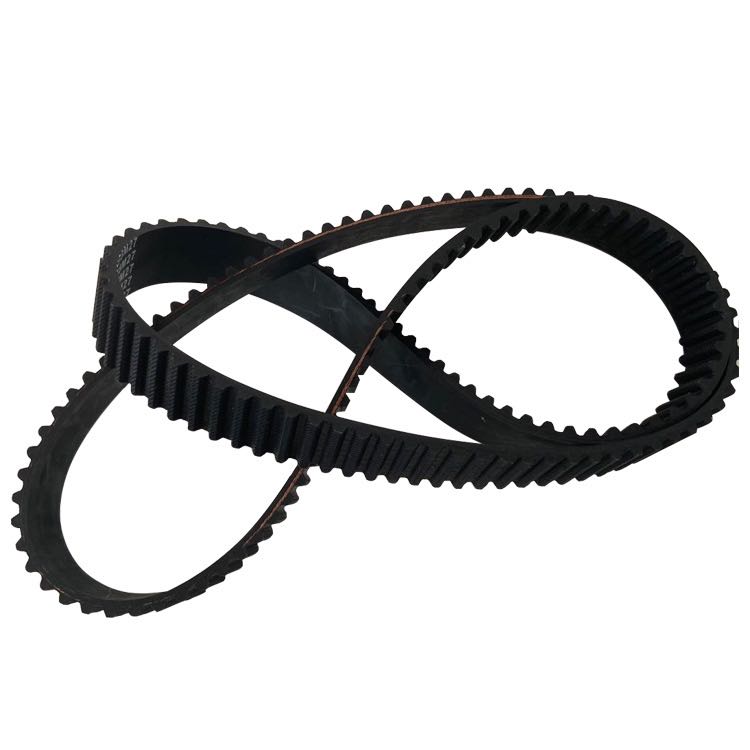- Arabic
- French
- Russian
- Spanish
- Portuguese
- Turkish
- Armenian
- English
- Albanian
- Amharic
- Azerbaijani
- Basque
- Belarusian
- Bengali
- Bosnian
- Bulgarian
- Catalan
- Cebuano
- Corsican
- Croatian
- Czech
- Danish
- Dutch
- Afrikaans
- Esperanto
- Estonian
- Finnish
- Frisian
- Galician
- Georgian
- German
- Greek
- Gujarati
- Haitian Creole
- hausa
- hawaiian
- Hebrew
- Hindi
- Miao
- Hungarian
- Icelandic
- igbo
- Indonesian
- irish
- Italian
- Japanese
- Javanese
- Kannada
- kazakh
- Khmer
- Rwandese
- Korean
- Kurdish
- Kyrgyz
- Lao
- Latin
- Latvian
- Lithuanian
- Luxembourgish
- Macedonian
- Malgashi
- Malay
- Malayalam
- Maltese
- Maori
- Marathi
- Mongolian
- Myanmar
- Nepali
- Norwegian
- Norwegian
- Occitan
- Pashto
- Persian
- Polish
- Punjabi
- Romanian
- Samoan
- Scottish Gaelic
- Serbian
- Sesotho
- Shona
- Sindhi
- Sinhala
- Slovak
- Slovenian
- Somali
- Sundanese
- Swahili
- Swedish
- Tagalog
- Tajik
- Tamil
- Tatar
- Telugu
- Thai
- Turkmen
- Ukrainian
- Urdu
- Uighur
- Uzbek
- Vietnamese
- Welsh
- Bantu
- Yiddish
- Yoruba
- Zulu
Jul . 27, 2024 17:49 Back to list
Optimal Performance with Durable and Efficient Transmission Belts for Various Industrial Applications
High-Quality Transmission Belts The Backbone of Mechanical Power
In today's fast-paced industrial landscape, efficiency and reliability are paramount for the success of any operation. High-quality transmission belts have become essential components in a variety of machines, serving as the backbone of power transfer systems. These belts are critical to the smooth functioning of various industries, including manufacturing, automotive, and agricultural sectors. Understanding the importance, types, and benefits of high-quality transmission belts can provide insights into their role in enhancing operational efficacy.
What Are Transmission Belts?
Transmission belts are flexible loops made from various materials, designed to mechanically transmit power between pulleys. They play a vital role in converting rotational motion into linear movement and vice versa, making them integral to numerous applications such as conveyor systems, industrial machinery, and vehicle engines. The design and material of these belts can vary significantly, but the primary goal remains the same to ensure a reliable transfer of power with minimal slippage and wear.
Types of Transmission Belts
There are several types of transmission belts used across different industries, each tailored for specific applications
1. V-Belts Characterized by their trapezoidal cross-section, V-belts are renowned for their excellent grip and ability to handle high loads. They are commonly found in automotive engines and industrial machinery.
2. Flat Belts These belts are rectangular in shape and are often used in applications that require longer distances between pulleys. They offer a straightforward solution for power transmission but may not be as efficient as V-belts in high-load scenarios.
3. Timing Belts Featuring teeth along their inner surface, timing belts ensure precise synchronization between components. They are widely used in automotive applications to maintain engine timing and are also common in robotics and CNC machines.
4. Poly-V Belts These belts have multiple, smaller 'V' shapes, allowing for higher flexibility and increased contact surface. They are frequently found in compact spaces where high power transmission is needed without increasing the belt width.
high quality transmission belts

Importance of Quality in Transmission Belts
The quality of transmission belts significantly influences the overall performance of machinery. High-quality belts are made from durable materials that can withstand extreme temperatures, environmental challenges, and mechanical stresses. They exhibit lower rates of elongation, ensuring consistent performance over time.
Utilizing high-quality belts also translates to fewer replacements, resulting in reduced downtime and maintenance costs. In contrast, low-grade belts may lead to frequent breakdowns, costly repairs, and compromised safety due to unexpected failures.
Benefits of Investing in High-Quality Transmission Belts
1. Enhanced Durability High-quality materials provide superior resistance against wear and tear, extending the lifespan of the belts and reducing the need for frequent replacements.
2. Improved Efficiency Optimal power transmission with minimal energy loss allows machines to operate more efficiently, leading to reduced energy costs and increased productivity.
3. Safety Assurance Quality belts minimize the risks associated with mechanical failures, which can pose safety hazards in industrial settings.
4. Versatility High-quality transmission belts can be tailored for specific applications, ensuring optimal performance in a wide range of environments and operational conditions.
Conclusion
In conclusion, high-quality transmission belts are indispensable components in various industrial applications, enabling efficient and reliable power transfer. As industries continue to evolve and demand greater performance from their machinery, investing in superior transmission belts will be crucial. Understanding the types, importance, and benefits of these belts can help businesses make informed decisions that enhance productivity, minimize costs, and ensure safety in their operational processes.
-
Upgrade Power Steering Pump Belt for Smooth, Quiet Operation
NewsAug.27,2025
-
Precision Timing Belt & Chain: Engine Performance & Durability
NewsAug.26,2025
-
Precision Lathe Drive Belts: Durable & Reliable Performance
NewsAug.25,2025
-
84.5 Serpentine Belt: Durable & Precision Fit for Your Engine
NewsAug.24,2025
-
Premium Ribbed Drive Belts for Quiet Power Transmission
NewsAug.23,2025
-
High-Performance Vehicle Timing Belt for Engine Precision
NewsAug.22,2025

